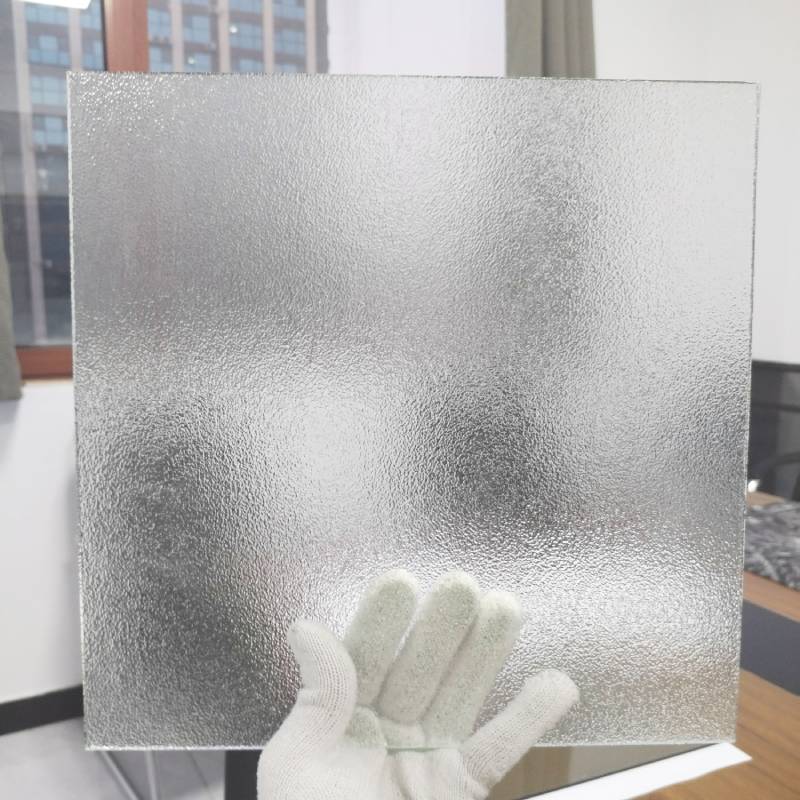The Float Glass Method A Revolutionary Technique in Glass Manufacturing
The float glass method is a pivotal advancement in the production of flat glass, revolutionizing the way we manufacture this versatile material. Introduced in the mid-20th century, this technique is known for its ability to produce high-quality glass with exceptional flatness and clarity. The process, developed by Sir Alastair Pilkington in 1952, has since become the dominant method for producing glass sheets used in windows, mirrors, and countless applications in architecture and automotive design.
The Process
At its core, the float glass method involves floating molten glass on top of a bed of molten tin. The procedure begins with the careful melting of raw materials such as silica sand, soda ash, and limestone in a furnace at high temperatures, typically around 1,700 degrees Celsius (approximately 3,100 degrees Fahrenheit). This mixture becomes a viscous molten glass, which is then poured onto a layer of molten tin. Due to the difference in density, the glass floats on top of the tin, creating a perfectly smooth surface, while the tin remains liquid underneath.
The glass is allowed to spread out into a uniform thickness as it moves along the tin bath, effectively self-leveling due to gravity and surface tension. This method results in glass sheets that are not only incredibly flat but also free of distortions, bubbles, and impurities that could compromise quality. As the glass cools, it solidifies into large sheets, which can then be cut to desired dimensions.
Advantages of the Float Glass Method
One of the key advantages of the float glass method is the superior optical quality of the glass produced. Traditional methods of glass manufacturing often left imperfections and variations in thickness, which could affect light transmission and clarity. The float process addresses these issues head-on, yielding glass with high optical standards that meet the demands of modern applications.
float glass method
Additionally, the float glass method is highly efficient. It allows for continuous production, significantly increasing output compared to batch processes. The consistency in quality also means that manufacturers can offer products that meet stringent safety and performance standards, making them suitable for a wide array of uses, from residential windows to commercial facades.
Moreover, the float glass process is environmentally friendly. It reduces waste by allowing manufacturers to recycle scraps and leftover materials, integrating them back into the production cycle. The use of molten tin, which can be reused repeatedly, contributes to sustainability in the manufacturing process.
Applications
The applications of float glass are extensive and vital to various industries. In architecture, it is used for facades, partitions, and skylights, enhancing aesthetic appeal while providing thermal insulation and soundproofing. In the automotive sector, float glass is essential for windshields and windows, where safety and clarity are paramount.
Furthermore, the technology has evolved to include specialized coatings for float glass, such as low-emissivity (low-E) coatings that improve energy efficiency by reflecting heat. These advancements are crucial in the push for sustainable buildings and vehicles, as they help reduce energy consumption and improve comfort.
Conclusion
The float glass method represents a significant milestone in glass manufacturing, offering unparalleled quality and efficiency. As industries continue to evolve, the demand for high-performance glass products will only grow. Innovations stemming from the float glass technique are likely to lead to even more advanced materials and applications, demonstrating that this methods impact extends far beyond its origins. Whether framed in the window of a home or used in a high-tech vehicle, float glass is integral to our modern world, reflecting both light and progress.
 Afrikaans
Afrikaans  Albanian
Albanian  Amharic
Amharic  Arabic
Arabic  Armenian
Armenian  Azerbaijani
Azerbaijani  Basque
Basque  Belarusian
Belarusian  Bengali
Bengali  Bosnian
Bosnian  Bulgarian
Bulgarian  Catalan
Catalan  Cebuano
Cebuano  Corsican
Corsican  Croatian
Croatian  Czech
Czech  Danish
Danish  Dutch
Dutch  English
English  Esperanto
Esperanto  Estonian
Estonian  Finnish
Finnish  French
French  Frisian
Frisian  Galician
Galician  Georgian
Georgian  German
German  Greek
Greek  Gujarati
Gujarati  Haitian Creole
Haitian Creole  hausa
hausa  hawaiian
hawaiian  Hebrew
Hebrew  Hindi
Hindi  Miao
Miao  Hungarian
Hungarian  Icelandic
Icelandic  igbo
igbo  Indonesian
Indonesian  irish
irish  Italian
Italian  Japanese
Japanese  Javanese
Javanese  Kannada
Kannada  kazakh
kazakh  Khmer
Khmer  Rwandese
Rwandese  Korean
Korean  Kurdish
Kurdish  Kyrgyz
Kyrgyz  Lao
Lao  Latin
Latin  Latvian
Latvian  Lithuanian
Lithuanian  Luxembourgish
Luxembourgish  Macedonian
Macedonian  Malgashi
Malgashi  Malay
Malay  Malayalam
Malayalam  Maltese
Maltese  Maori
Maori  Marathi
Marathi  Mongolian
Mongolian  Myanmar
Myanmar  Nepali
Nepali  Norwegian
Norwegian  Norwegian
Norwegian  Occitan
Occitan  Pashto
Pashto  Persian
Persian  Polish
Polish  Portuguese
Portuguese  Punjabi
Punjabi  Romanian
Romanian  Russian
Russian  Samoan
Samoan  Scottish Gaelic
Scottish Gaelic  Serbian
Serbian  Sesotho
Sesotho  Shona
Shona  Sindhi
Sindhi  Sinhala
Sinhala  Slovak
Slovak  Slovenian
Slovenian  Somali
Somali  Spanish
Spanish  Sundanese
Sundanese  Swahili
Swahili  Swedish
Swedish  Tagalog
Tagalog  Tajik
Tajik  Tamil
Tamil  Tatar
Tatar  Telugu
Telugu  Thai
Thai  Turkish
Turkish  Turkmen
Turkmen  Ukrainian
Ukrainian  Urdu
Urdu  Uighur
Uighur  Uzbek
Uzbek  Vietnamese
Vietnamese  Welsh
Welsh  Bantu
Bantu  Yiddish
Yiddish  Yoruba
Yoruba  Zulu
Zulu 

